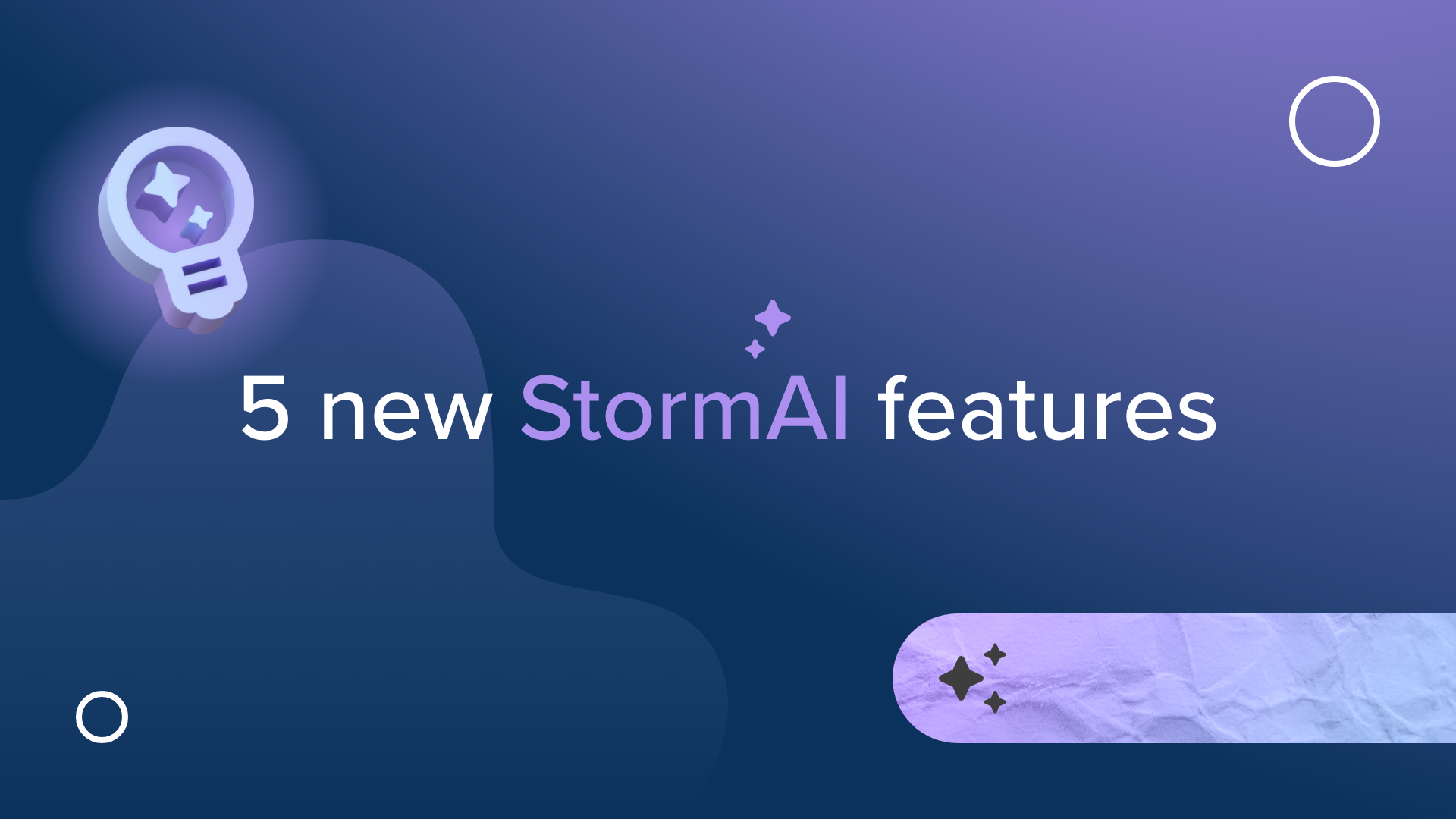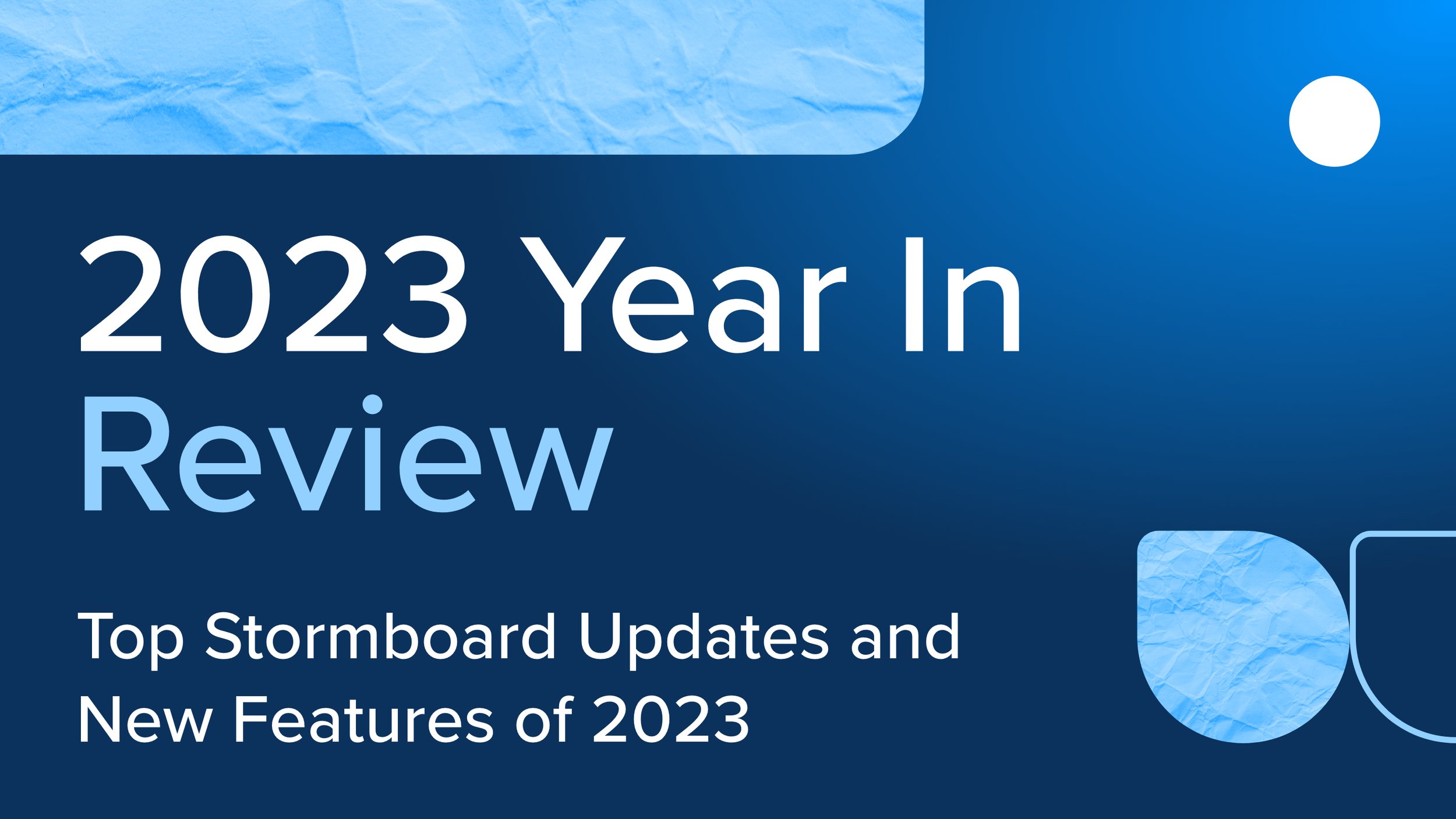The Dangers Of Cutting Corners: Why Enterprise Software Is Worth The Investment
Source: Pexels
When something seems too good to be true, there are a couple of possibilities at play. It may be that you've struck gold; you've hit the jackpot and found something high-value for little to no expense. But more often than not, when you cut corners, you buy yourself an expensive problem down the line.
You might have noticed that purpose-built software solutions are becoming increasingly open-source (in other words, available to use without subscribing to paid features). There's a reason for that. It has never been so affordable – and so accessible – to create software than it is right now.
Free-to-use software is appealing, and it can be a great solution for budget-conscious startups. But the sacrifices you make in the process aren't always obvious. In the long term, enterprise software solutions offer a safer and more reliable approach.
Wondering whether to opt for a free collaborative whiteboard software solution? Enterprise software is the better option, and we'll explain why.
Options for Collaborative Whiteboard Software
The market for digital shared whiteboards is booming. Teams are quickly realizing that the ability to collaborate in real-time, regardless of the physical location they're in, is incredibly valuable.
As such, there are a few options available when it comes to collaborative whiteboard software solutions.
Free, Open-Source Solutions
The economy of open-source software solutions is an interesting one. These are tools that come completely free of charge to use, and a lot of the time, their code is made publicly available. Teams of developers work on these tools to gain experience, make themselves hireable down the line, and contribute to tech breakthroughs.
The idea behind these solutions is that anyone can take the code and build on it, or even make their own versions of the tool. The outcome? A lot of variety in terms of features and integrations, but also a lack of consistency in terms of security protocols and customer support.
A few open-source tools you may or may not have encountered:
OpenBoard. Maintained by an education department in Switzerland, OpenBoard is a note-taking tool forked from Open-Sankoré 2.0. It's got drawing tools, searching capabilities, and screencast.
OpenMeetings. The Apache Software Foundation developed this Java-based tool as a virtual meeting room; participants can video call whilst adding to a shared whiteboard.
Lorien. This tool is openly available on GitHub, described as an 'infinite canvas drawing/note taking app'. It's a very simple brainstorming board for scribbling.
Of course, you've also got more official tools like Canva's online whiteboard templates and Google Docs. They're not strictly created for the purpose of taking notes and brainstorming, but they can be used as such.
Enterprise Software Solutions
The big difference between open-source software solutions and enterprise software is quality control. Enterprise solutions are developed with a focus on security protocols, customer support, scalability, and other essential elements that make a tool reliable in the long run.
Some of the most popular tools with enterprise-level payment tiers include our very own Stormboard. Using an enterprise solution like Stormboard means you’re investing in a tried-and-tested system that has been thoroughly tested for security, bugs, and usability issues.
What About 'Freemium' Tiers?
In the SaaS market, you're hard-pressed to find a tool with only one pricing option. The vast majority of tools leverage a 'freemium' model, meaning that you can sign up for the service and use it without charge – but with limitations.
The idea is to give users a taste of what the tool has to offer so they can decide whether to make an investment or not. Some clients choose to stick with the free option, however, which is where issues can arise.
The Risks Involved With Non-Enterprise Solutions
In an extremely capitalist world, there's nothing wrong with looking for the most affordable solution – and sometimes, you might just find the perfect tool for a fraction of the cost. But there are risks involved with using software solutions that haven't been tested or proven in enterprise settings.
Limited Integrations
Integrations are an entire currency in the software world. If a tool can link with the rest of your tech stack, you'll be able to build a powerful system that will save you time in the long run. However, most non-enterprise solutions don't have many integrations available – or those they do have are limited or buggy.
Check out Stormboard’s suite of purpose-built integrations.
Not Scalable
As a business grows and evolves, it must rely on tools that can keep up with the pace. Open-source tools rarely have the capacity to handle a growing user base, which can be an issue when your company starts to expand.
No Support Team
It's crucial to have a support team in place when working with collaborative tools. Since many free tools are either open-source or launched with a very limited budget, they typically don't provide customer support – which can leave you in the dark when something goes wrong.
Weak Security
Looking for a virtual whiteboard with powerful encryption and two-factor authentication? You're unlikely to find it in a free tool. Enterprise software is designed from the ground up with security in mind and often includes sophisticated authentication protocols that protect data from potential threats.
Difficult to Customize
Enterprise software is designed to be flexible and customizable. You can tailor the tool to fit your team's specific needs, giving them everything they need to collaborate effectively. Non-enterprise solutions don't tend to have a lot of moving parts and are rarely customizable.
There are both pros and cons of free software solutions – namely, the money not spent on enterprise software can be reinvested into other areas of the business. But while free tools may be useful in the short term, they can cause problems down the line if you don't have the right team and infrastructure in place to manage them.
The Outcomes of Investing in Free Software Solutions
Still unconvinced about the importance of enterprise software? Consider the following outcomes of using a free alternative:
Low adoption rates due to a lack of integrations, scalability, and customer support. Your team may naturally move toward other methods of collaborating – or worse, they'll cease collaborating altogether.
Time wasted on jumping between different tools. Once your free tool reaches capacity (for instance, caps the number of users or file sizes), you'll likely have to switch to another solution. That means hours wasted on learning a new tool and migrating data.
Insecure environment that leaves your team vulnerable to hacking, phishing, or other malicious activity. Keeping sensitive data in a tool with weak authentication protocols leaves you open to potential data breaches.
Inconvenient downtime periods. Without the support of an experienced team, you may find yourself stuck with a tool that suddenly stops working – and no one to fix it.
Enterprise software solutions have their drawbacks too, but they're well worth the investment if you do your research and select a tool that meets all of your company's needs.
The right enterprise solution can provide more complete features, better scalability, increased security, and customizable options – allowing teams to collaborate with confidence.
Why Enterprise Solutions Are Worth the Investment
Yes – enterprise-level virtual whiteboard solutions can take a chunk out of your software budget, it's true. Top pricing tiers typically range between $10 and $20 per user per month. Enterprise pricing is negotiated with the provider, and it's unlikely to be cheap.
But consider this:
Teams that collaborate well are able to save time and come up with much better solutions than those that don't. The money you spend on the right enterprise software solution can pay off in increased productivity and better collaboration down the line.
Most enterprise solutions come with a support team and access to integrations that can help you connect your various tools and systems into one cohesive system, saving you time and effort (and money) as your business grows.
Downtime periods can cost you money in lost clients. If you can't access important information from company brainstorming sessions, you might miss out on opportunities or submit work after the due date. A lost client can cost you thousands.
The hours you need to spend teaching your team a new tool – or worse, migrating data from one to the other – really start to add up in hourly wages for your team and lost productivity.
The point here is that, if you aren't spending money upfront, you will likely end up spending it in the long run. An enterprise solution is designed to handle your team's needs, and they are usually backed by a support team that can help troubleshoot any issues you may have.
An Enterprise-Level Whiteboard You Can Trust
At Stormboard, we aren't interested in charging through the roof – but we don't cut corners on features or functionality, either. Our Enterprise solution offers everything free tools lack: strong security, unlimited access to all tools, powerful integrations with agile programs, and scalable data storage options.
Contact us to speak with an expert in our enterprise software and see how Stormboard can help your team reach its potential. Cutting corners is tempting, but investing in the right enterprise software solution is a surefire way to save your business time and money.
About the author:
A programmer by trade, Nick Saraev is a freelance writer and entrepreneur with a penchant for helping people excel in their careers. He's been featured on Popular Mechanics & Apple News, and has founded several successful companies in e-commerce, marketing, and artificial intelligence. When he's not working on his latest project, you can find him hiking or painting.










